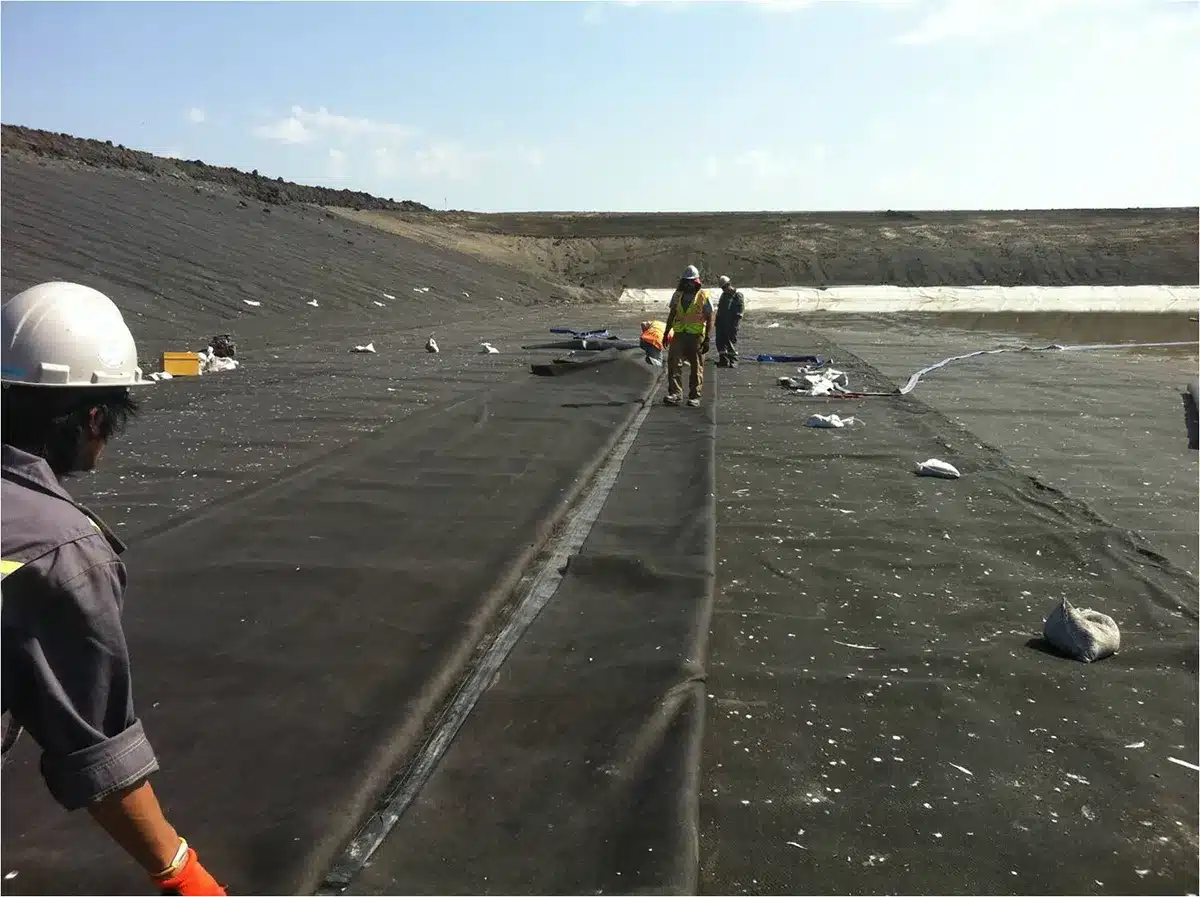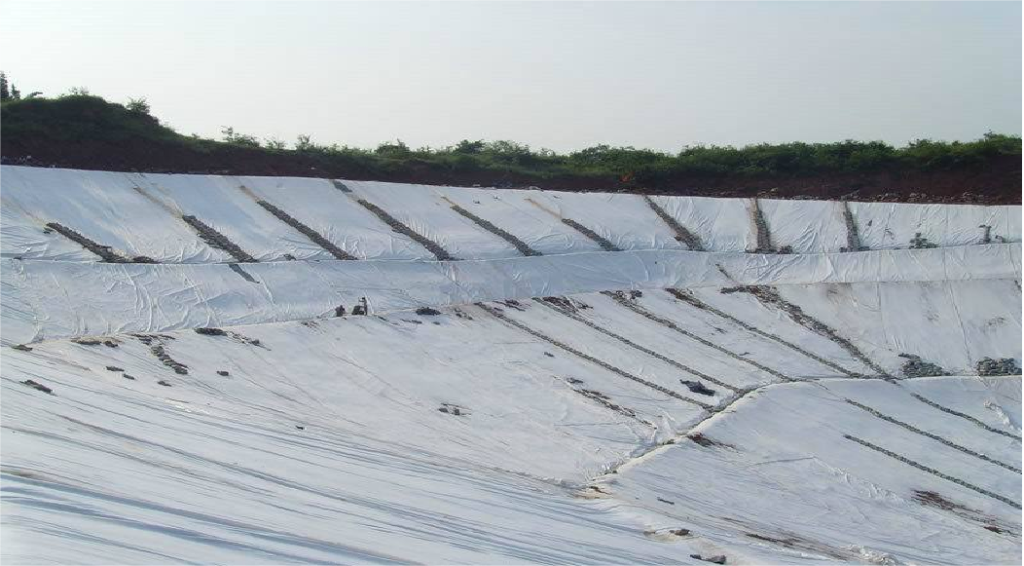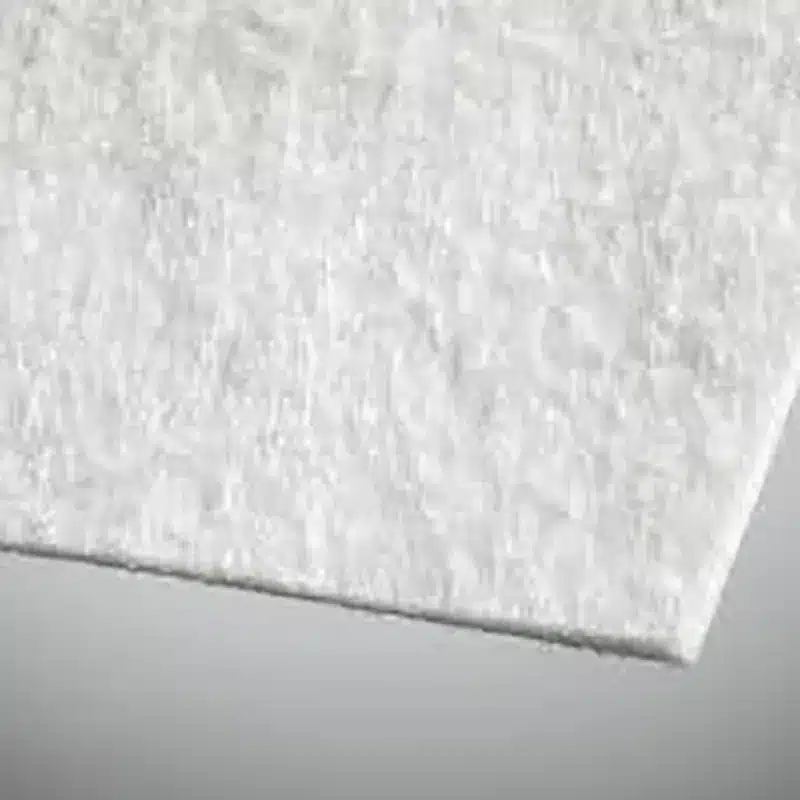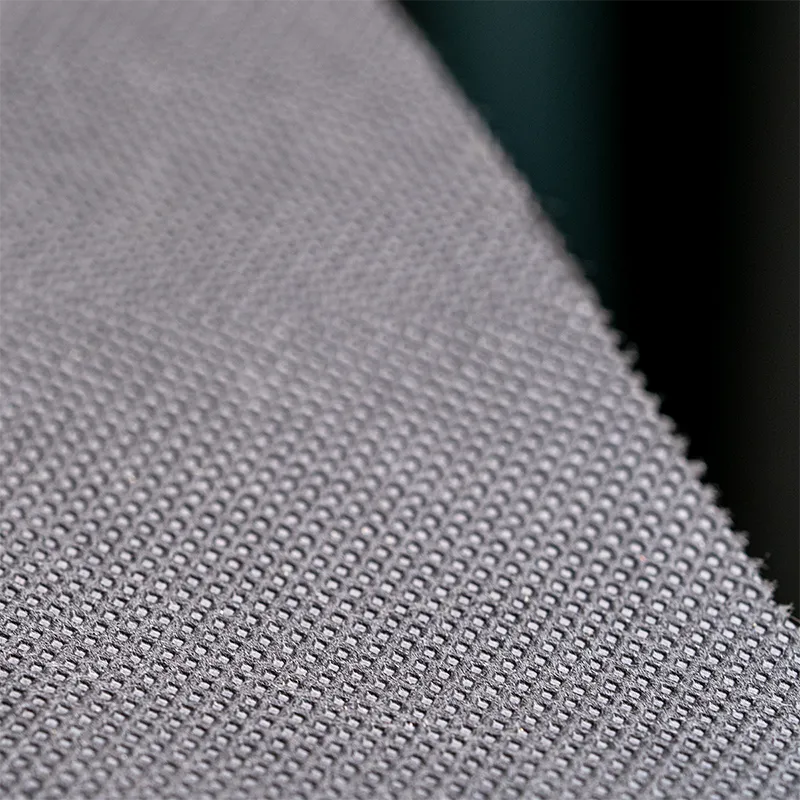+86-159 9860 6917
info@geofantex.com
geofantex@gmail.com
+86-400-8266163-44899
The permittivity test of geosynthetics is a critical evaluation in the field of environmental engineering, particularly when assessing the performance of geotextiles used in filtration, drainage, and soil stabilization applications. Permittivity measures the ability of a geosynthetic material to allow water to pass through it, which is essential for its effectiveness in various construction and environmental projects. This article explores the concept of permittivity in geotextiles, the tests used for geosynthetics, the distinction between permeability and permittivity, and how geotextiles influence soil permeability.
Why is Permittivity Important in Geosynthetics?
Permittivity is a key property in geosynthetics that determines how effectively water can pass through a geotextile while preventing soil particle migration. It is particularly important in applications such as drainage, filtration, and soil stabilization.
- Function in Drainage Systems: Geotextiles with appropriate permittivity allow water to flow efficiently through the material, reducing hydrostatic pressure behind retaining walls, embankments, or other structures.
- Prevention of Clogging: Proper permittivity ensures that fine soil particles are filtered out, maintaining the flow capacity of the drainage layer.
- Influence on Soil Stability: By controlling water movement, geotextiles help prevent soil erosion and settlement, contributing to the long-term stability of civil and environmental engineering structures.
- Selection Criteria: Engineers consider permittivity values when choosing geotextiles to match soil types, hydraulic loads, and project-specific drainage requirements.
In summary, understanding and testing permittivity is essential for ensuring that geosynthetics perform their intended function in managing water flow and maintaining soil integrity in construction and environmental projects.

What is the Test for Geosynthetics?
Testing geosynthetics is vital to guarantee their performance in applications such as soil stabilization, drainage, and erosion control. The most important tests include:
- Tensile Strength Test: Measures the maximum load the geosynthetic can bear before failure, critical for reinforcement and load-bearing applications.
- Puncture Resistance Test: Evaluates the material’s ability to resist penetration by sharp objects, essential for protective layers in roads and landfills.
- Hydraulic Conductivity Test: Assesses the permeability of geotextiles, ensuring efficient water flow in drainage systems without clogging.
- UV Resistance Test: Determines the material’s durability against prolonged ultraviolet light exposure, preventing degradation in outdoor installations.
- Durability Test: Checks resistance to environmental factors like chemicals, temperature variations, and abrasion, assuring long-term functionality.
- Seam Strength Test: Focuses on the strength of seams or joints, especially for geomembranes, ensuring integrity under mechanical stress.
- Elongation at Break Test: Measures the stretchability before breaking, indicating flexibility and resilience in dynamic conditions.
These standardized tests, often governed by ASTM or ISO norms, help engineers select geosynthetics tailored to project-specific requirements, ensuring safety, durability, and optimal performance in civil and environmental engineering projects.
How do geotextiles affect soil permeability, and why is permittivity testing essential for their effectiveness?
- Enhanced drainage: Nonwoven geotextiles allow water to pass while filtering fine particles, maintaining soil permeability.
- Prevention of clogging: Properly selected geotextiles stop soil from entering drainage layers, avoiding reduced water flow.
- Layer separation: Keeps different soil layers distinct, preserving the function and permeability of each layer.
- Compatibility with soil types: Permittivity testing ensures the geotextile matches project-specific soil and hydraulic conditions.
- Long-term stability: Correct permittivity prevents erosion, sediment buildup, and waterlogging, ensuring durable performance.

How is the Permeability of Soil Affected by Geotextiles?
The effect of geotextiles on soil permeability can be summarized in the following points:
- Improved Drainage Performance: Nonwoven geotextiles have good water permeability, allowing water to pass through while filtering out fine soil particles. This enhances overall drainage and maintains soil permeability.
- Prevention of Soil Particle Migration: Acting as a filter layer, geotextiles prevent fine soil particles from entering coarse materials like gravel or sand, preserving the drainage layer’s permeability and avoiding clogging.
- Separation of Soil Layers: Geotextiles keep different soil layers separate, preventing contamination and maintaining each layer’s original function. This helps sustain the high permeability of the drainage layers.
- Risk of Clogging: If the geotextile is poorly selected—such as having too small a pore size or being incompatible with the soil type—it may become clogged by fine particles, reducing water flow and overall permeability.
In conclusion, when properly selected and installed, geotextiles can significantly improve or maintain the permeability of soil, especially in drainage, filtration, and stabilization applications.
The permittivity test of geosynthetics is essential for determining how effectively these materials can manage water flow in various applications. Understanding permittivity, alongside related concepts like permeability, is crucial for selecting the right geotextile for a project. By influencing soil permeability and ensuring efficient water management, geosynthetics play a vital role in modern engineering and environmental protection. Proper testing and application of these materials contribute to the success and longevity of construction projects, particularly those involving water control and soil stabilization.



Get Free Sample
We’ll respond as soon as possible(within 12 hours)





















